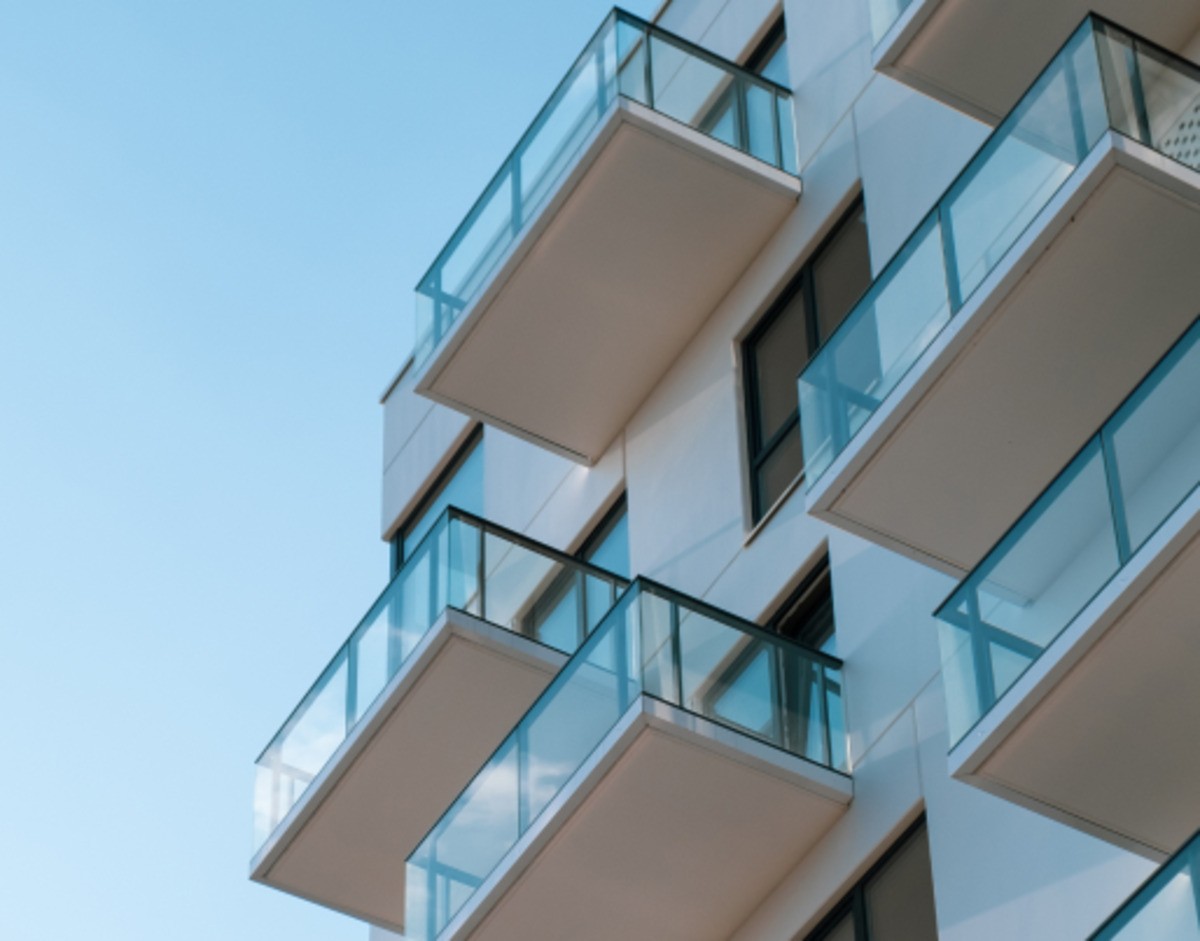Space cooling technologies for buildings: Alternative solutions to conventional applications
Emily Coe-Björsell

With longer and more frequent heat waves, the demand for space cooling is dramatically increasing globally. How can we make cooling systems more sustainable?
Almost 99% of Europe’s space cooling consumption is currently comprised of vapour compression systems. With summer heat waves rising in frequency and intensity, the energy consumption from space cooling is drastically increasing every year. Many less energy-intensive technologies are available on the market but are unknown by consumers for a variety of reasons. Improving transparency and raising awareness among consumers and end-users about the use of these technologies is one of Europe’s challenges in reaching EU Green Deal goals by 2050.
How is space cooling important in our daily lives?
With the effects of climate change continuing to break historical record temperatures around the world, space cooling in our public and private spaces is now a necessity for almost all countries in Europe each summer. According to the International Energy Agency the energy demand for space cooling is set to triple by 2050 if we do not address energy efficiency.
Space cooling is defined as the amount of heat that needs to be removed from indoor air to cool the space in order to ensure the thermal comfort of the occupants of enclosed areas. Space cooling applications can be found in different sectors, mainly in the tertiary (such as offices, trade, education, health, restaurants, and hotels) and residential (single-dwelling and multi-dwelling houses and apartment) building sectors.
Without adequate design improvements, the increasing use of energy for space cooling paves the way for further inflated energy costs, lack of access to space cooling for those in warm and hot climates who need it the most (and also for those living in milder climate, but in recent buildings conceived only for minimising winter loads), and subsequent negative impacts on human health.
Read full article on BUILD UP!



